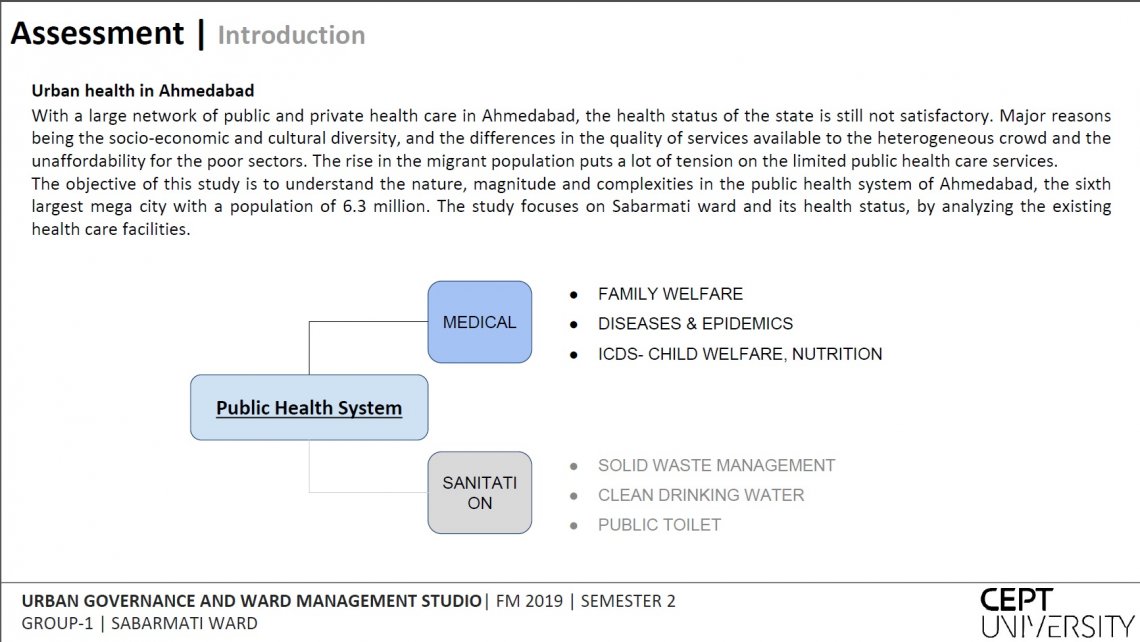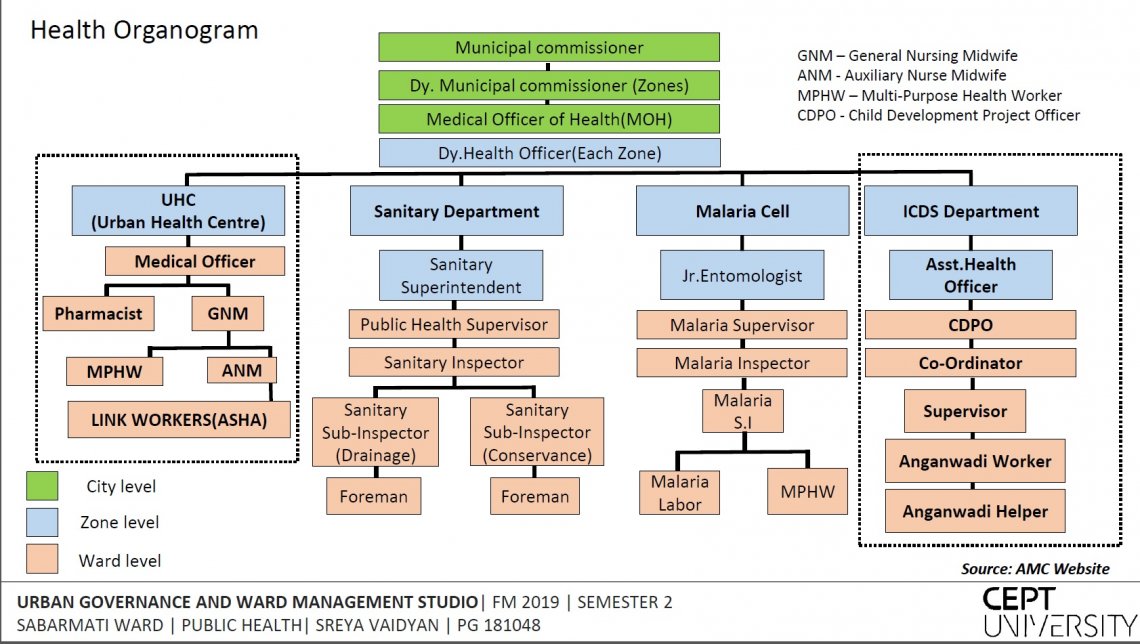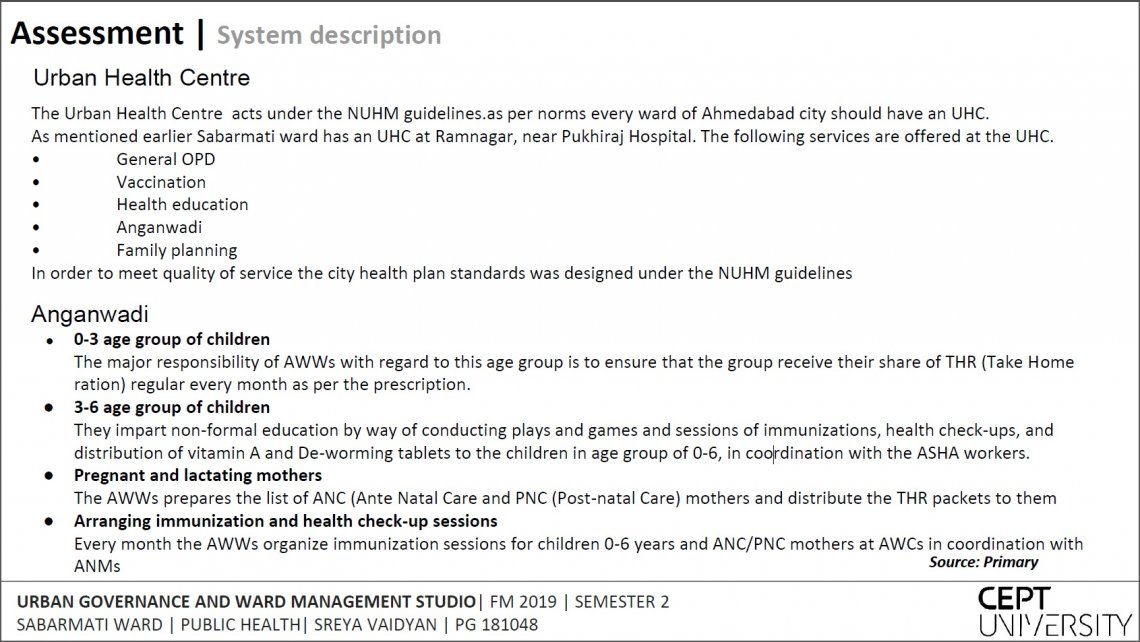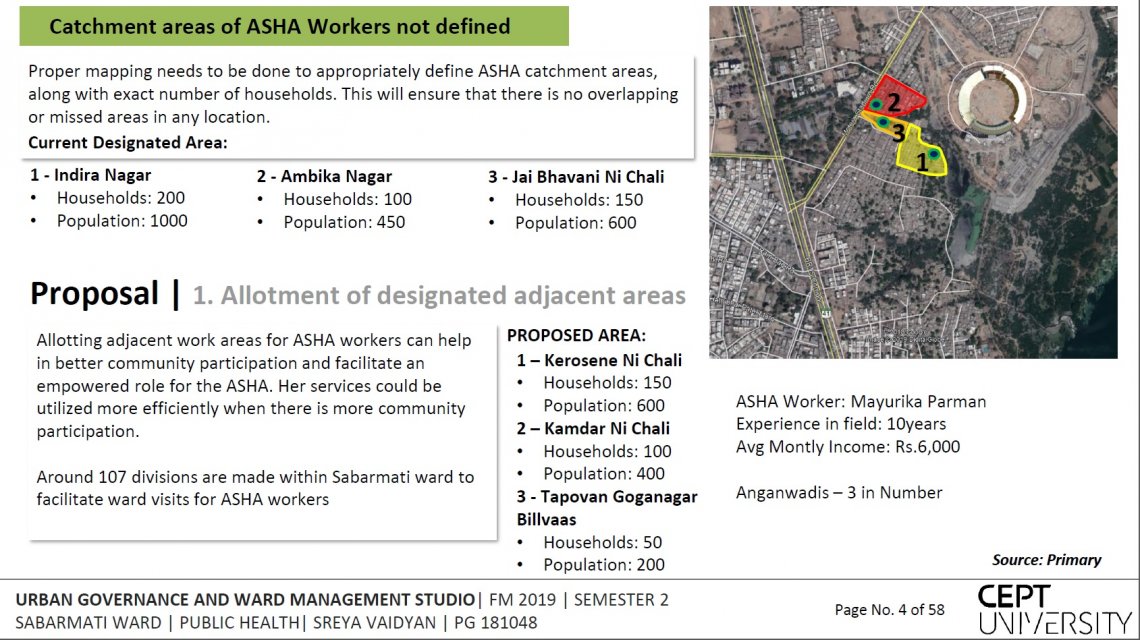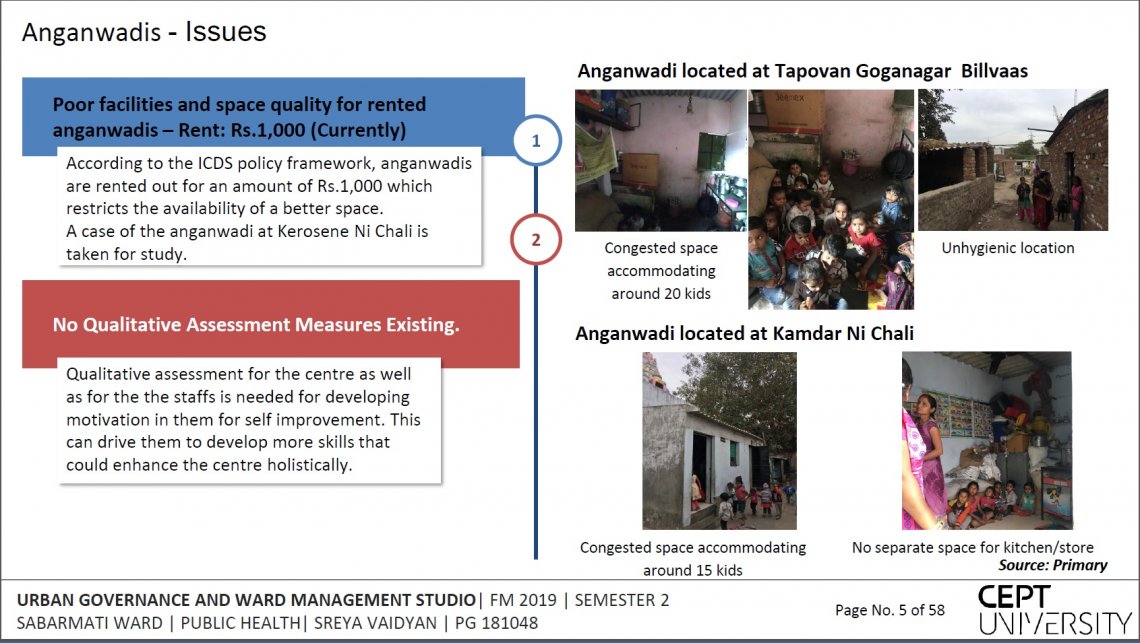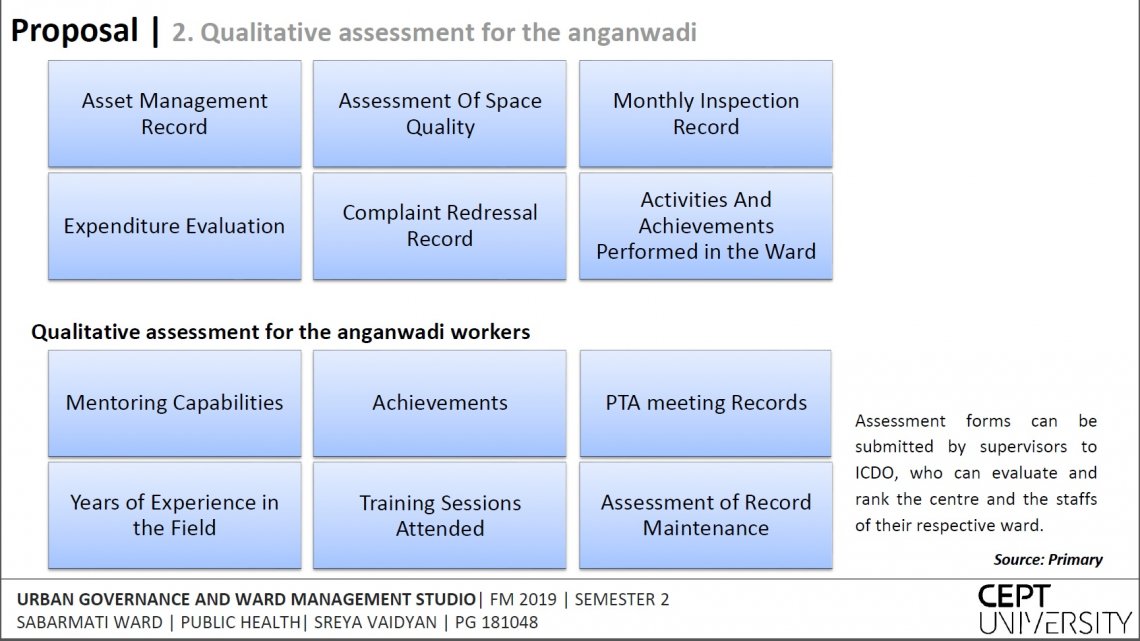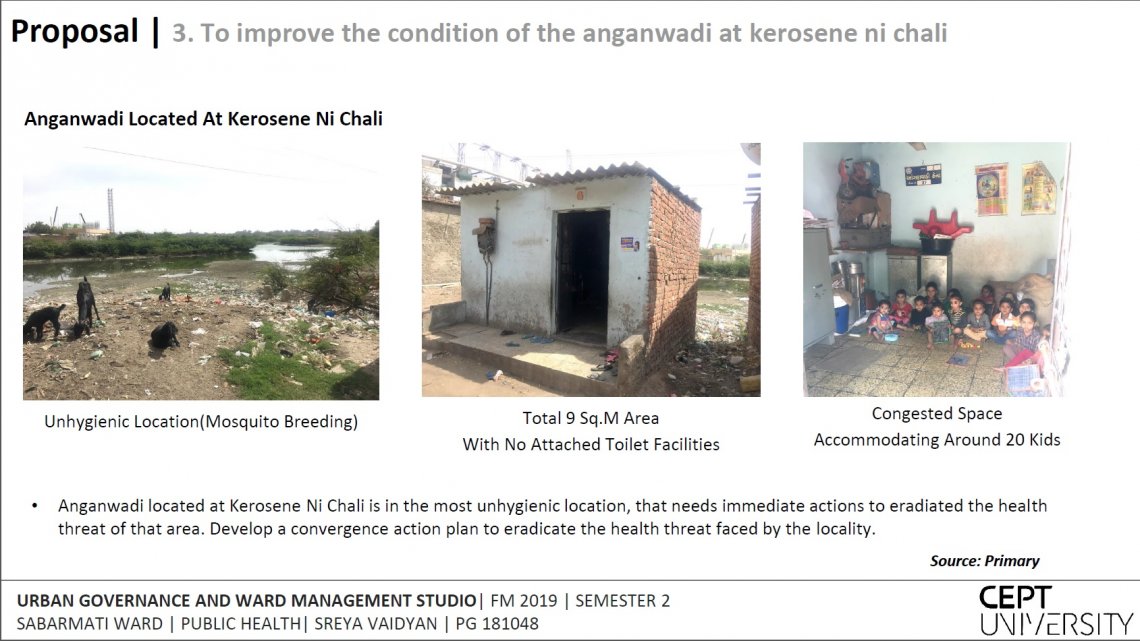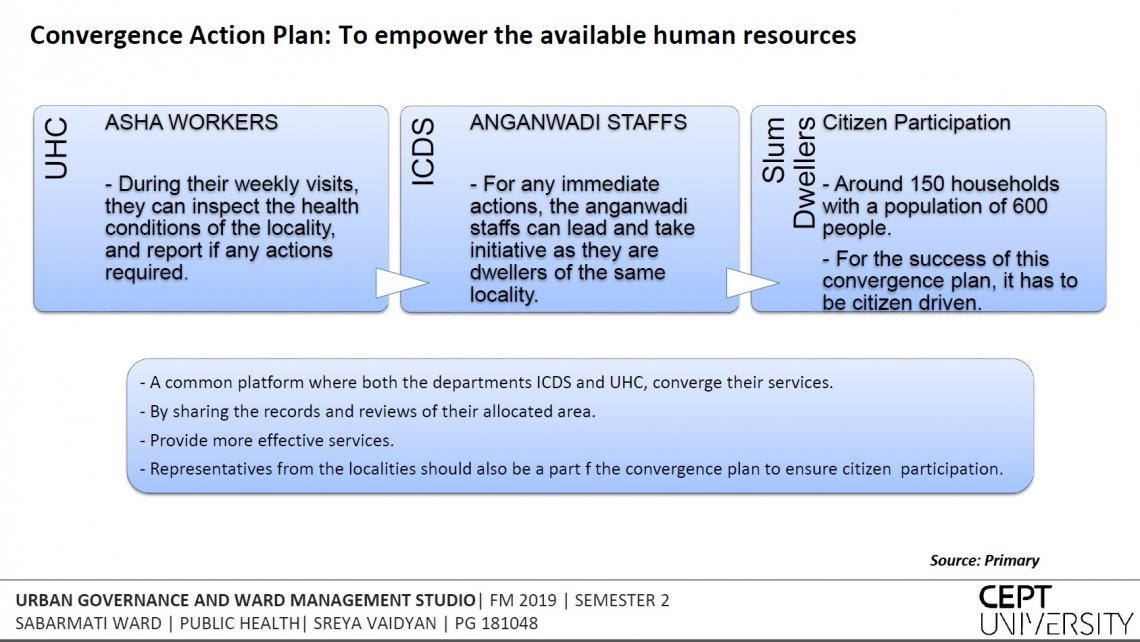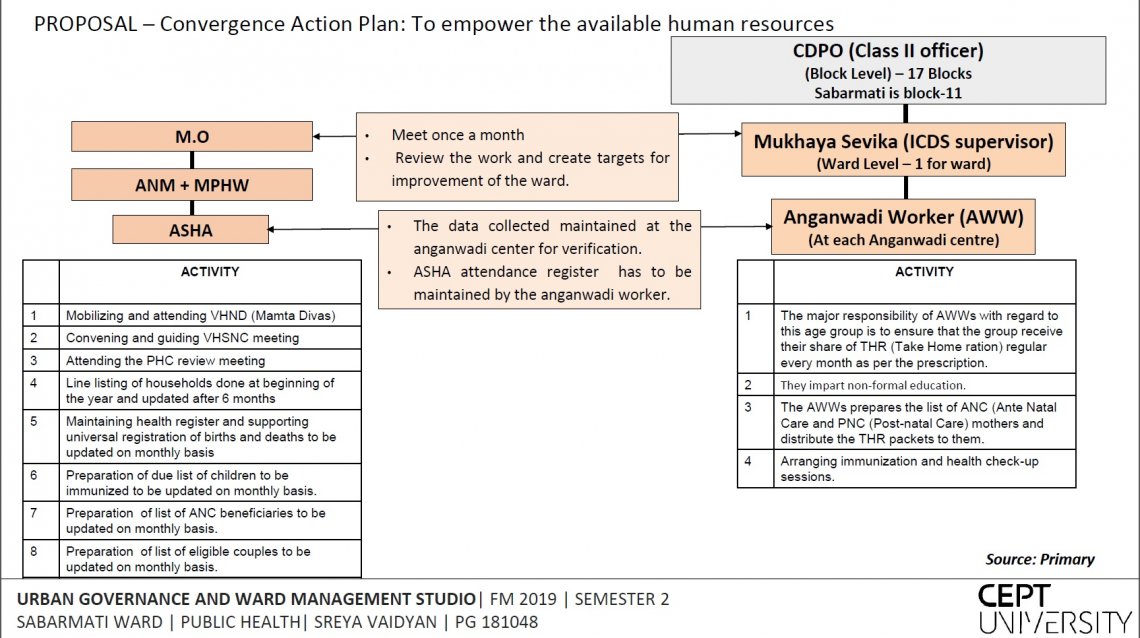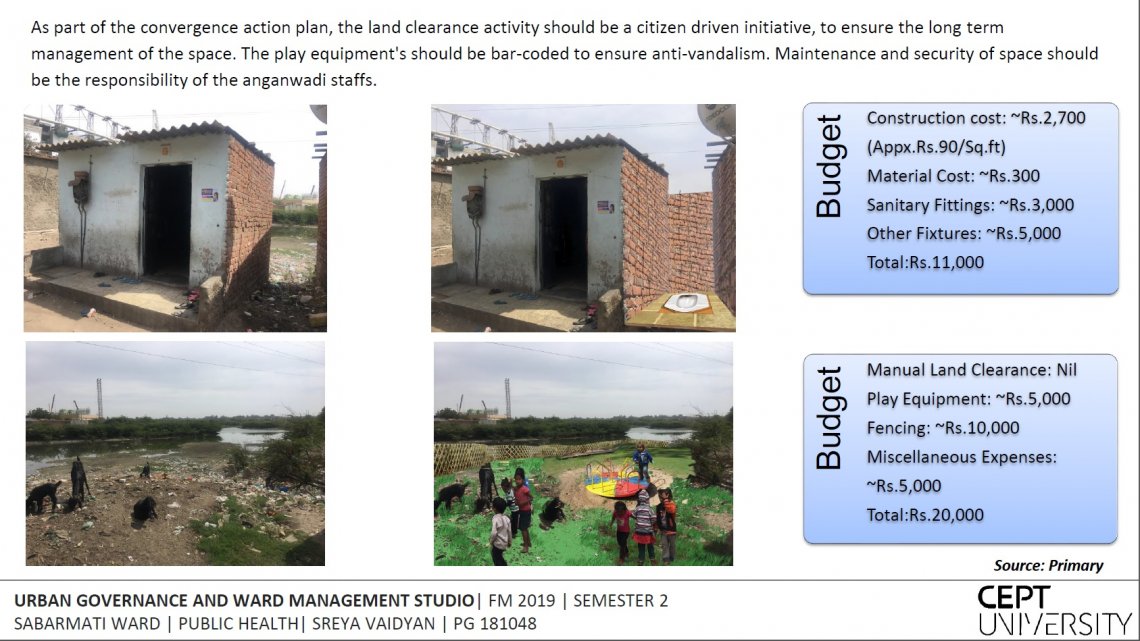Your browser is out-of-date!
For a richer surfing experience on our website, please update your browser. Update my browser now!
For a richer surfing experience on our website, please update your browser. Update my browser now!
With a large network of public and private health care in Ahmedabad, the health status of the state is still not satisfactory. Major reasons being the socio-economic and cultural diversity, and the differences in the quality of services available to the heterogeneous crowd and the unaffordability for the poor sectors. The rise in the migrant population puts a lot of tension on the limited public health care services. The objective of this study is to understand the nature, magnitude and complexities in the public health system of Ahmedabad, the sixth largest mega city with a population of 6.3 million. The study focuses on Sabarmati ward and its health status, by analyzing the existing health care facilities.
